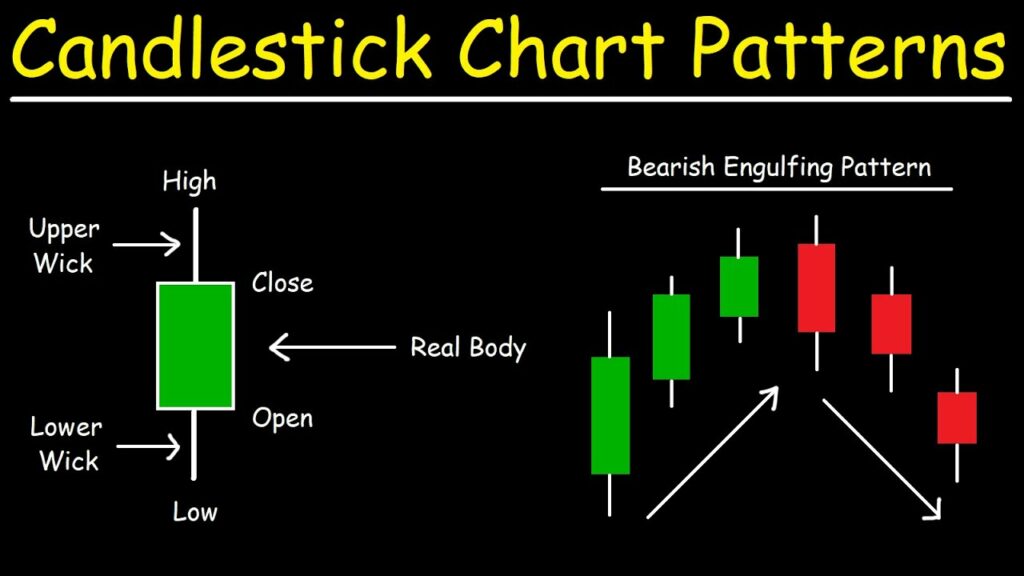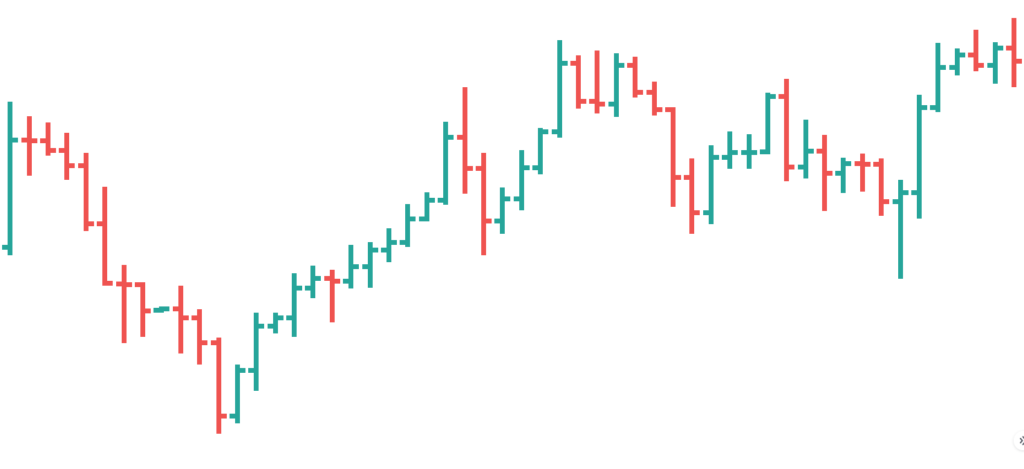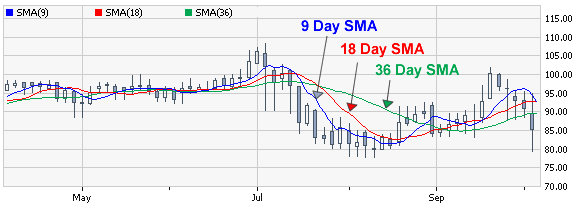
There are a few different ways to approach cryptocurrency technical analysis. One way is to look at the overall market trends and identify which coins are currently undervalued or overvalued. Another approach is to look at past price movements to predict future trends.
What is Technical Analysis?
Technical analysis is a tool or method used to predict future price movements in the market by analyzing past market data. Therefore there is no need to look at any other factor when making investment decisions.
Traders can employ cryptocurrency technical analysis across multiple timeframes albeit they mostly prefer to apply them shorter timeframe, such as 1-hour, 4-hour, or daily charts.
How to Use Technical Analysis
There are a few different ways to use technical analysis when analyzing cryptocurrency. The most common way is to use charts and indicators to identify trends and predict future price movements.
Charts are used to visualize price data over a certain period. There are many different charts, but the most popular ones for crypto technical analysis are Candlestick charts and Bar charts.
Candlestick Charts
Candlestick charts are one of the most popular ways to visualize crypto price data. They show the open, high, low, and close prices for a certain period. They also have wicks that show the highest and lowest prices during that period.

There are a few things you can look for when analyzing candlestick charts. One is the shape of the candlesticks. If they are mostly long and thin, there isn’t much price movement, and the market is consolidating. On the other hand, if they are short and fat, there is a lot of price movement, and the market is volatile.
Another thing you can look at is the wicks. The longer the wicks, the more volatile the market is. The shorter the wicks, the more stable the market is.
Finally, you can look at the candlestick colors. Green candlesticks mean that prices went up during that period. Red candlesticks mean that prices went down during that period.
Bar Charts
Bar charts are a standard tool in cryptocurrency technical analysis. Traders employ them to track an asset’s open, high, low, and close prices over a certain period.

While bar charts have some limitations (they only show one bar for each period, so they don’t show the wicks), they can still be a helpful tool for analyzing price action.
Here are a few tips for using bar charts to analyze cryptocurrency:
- First, look for patterns in the price action.
One of the most important things to look for when analyzing bar charts is patterns in price action. Price patterns can give you essential clues about the direction of the market.
Some common patterns to look for include head and shoulders, double tops and bottoms, triangles, and flag and pennant patterns.
- Use support and resistance levels to identify reversals.
Another vital thing to look for when analyzing bar charts is support and resistance levels, lines where trend reversals occur.
To find support and resistance levels, look for areas where the market has repeatedly bounced off a certain price level. These areas identify potential entry and exit points in the market.
- Use trendlines to identify the direction of the market.
They identify the market’s direction and find potential entry and exit points.
To draw a trendline, connect two or more lows (in an uptrend) or two or more highs (in a downtrend). The angle of the trendline will give you an idea of the trend’s strength.
- Use moving averages to identify trends.
Moving averages are a technical indicator that is used to identify trends. They smooth out price action and make it easier to identify the market’s direction.
There are different moving averages, but the most common is the simple moving average (SMA) and the exponential moving average (EMA). Moving averages are used to identify both short-term and long-term trends.
- Use oscillators to identify overbought and oversold conditions.
Oscillators are another technical indicator used to identify overbought and oversold conditions in bar charts. These conditions often precede reversals in the market.
Some common oscillators include the Relative Strength Index (RSI), the Stochastic Oscillator, and the MACD. Oscillators are best used with other technical indicators, such as support and resistance levels or trendlines.
These are just a few tips for using bar charts to analyze cryptocurrency. Of course, technical analysis is a complex subject, and other tools and techniques are used to find trading opportunities. However, these tips should give you a good starting point for your research.
Basic Assumptions Behind Cryptocurrency Technical Analysis
Technical analysis is based on a belief that price reflects all available data. The core notion behind cryptocurrency technical analysis relies on historical trading data and its potential to repeat itself in the future.
1. Prices move in trends – The second assumption is that prices move in trends. A trend is a bias towards a particular direction – up, down, or sideways.
2. History repeats itself – The third assumption is that history repeats itself. This means that past price patterns mirror future price movements.
3. Market cycles exist – The fourth and final assumption is that market cycles exist. This means that there are periods of bullish (rising prices) and bearish (falling prices) sentiment which repeat over time.
Technical Analysis Tools and Indicators
The most common indicators and tools that strengthen one’s cryptocurrency technical analysis skills include moving averages, support and resistance levels, and Fibonacci retracements.
Moving averages smooth out price action and help identify the trend. The most common moving averages are the 10-period, 20-period, and 50-period moving averages.

Traders use support and resistance levels to identify potential turning points in the market. They identify areas where there has been a significant amount of buying or selling pressure to find potential buying and selling opportunities.

Professional traders employ Fibonacci retracements to identify potential support and resistance levels, defined by Fib lines 23.6%, 38.2%, 50%, 61.8%, and 100%.
The MACD (moving average convergence divergence) is a momentum indicator that identifies trend changes. Mathematically, the MACD line is the difference between a 26-period exponential moving average from a 12-period exponential moving average.
The RSI (relative strength index) oscillator ranges from 0 to 100. Traders use it to identify overbought and oversold conditions in the market, with an RSI reading above 70 signalings “overbought” and below 30 “oversold” conditions.
Cryptocurrency technical analysis helps identify potential trading opportunities. However, it is essential to remember that technical analysis is not an exact science, and there is no guarantee that any given signal will result in a profitable trade.
Pros and Cons of Using Technical Analysis
Technical analysis has pros and cons that you must consider before using it as your primary method of analyzing cryptocurrency.
Pros:
- Technical analysis is effective in identifying trends.
- It is used to make predictions about future price movements.
- It is a quantitative analysis method, meaning it is applied objectively.
- It is easy to learn and use.
Cons:
- It is difficult to predict short-term price movements.
- It does not consider fundamental factors such as news or events that could impact the price.
- It can be influenced by human emotion.
- It can be challenging to interpret.
Conclusion
Technical analysis is important for crypto traders because it can give them an edge in the market. However, fundamental analysis is important for long-term investors. It can help them understand the underlying value of a coin and make more informed investment decisions.


